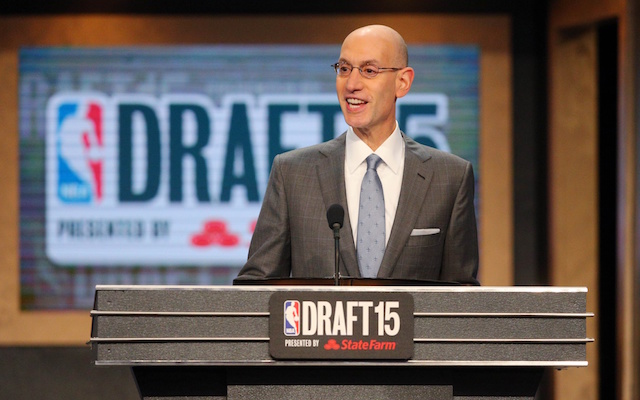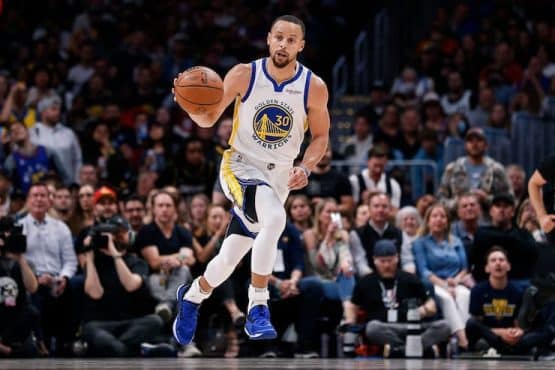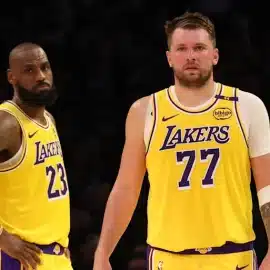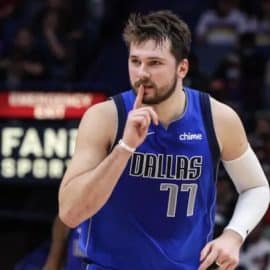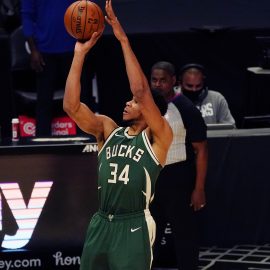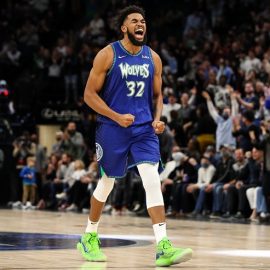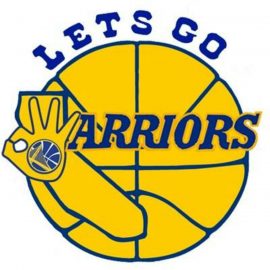Regardless of team fit, how should the top prospects in the 2017 NBA Draft be laid out?
The 2017 NBA Draft may be one of the deepest in recent memory, with star-level prospects throughout the top-10 and players with elite skills likely to fall into the second round. It is also a window into the modern NBA, with a top-10 devoid of centers but packed with point guards and versatile wings.
Mock drafts litter the internet as they attempt to both guess and guide how the draft will go on June 23rd. But those are warped to the teams picking, and that doesn’t look at how the players should be valued independent of teams.
Therefore, it is important to have a “Big Board”, a straight ranking of players that forgets the draft order. How should teams be valuing players overall on their board, and who belongs to be counted among the lottery talents in this draft?
The top pick on my board is the same as most – the player with no offensive weaknesses.
1. Markelle Fultz (PG), Washington – Fultz is an elite finisher, combining touch with explosion. He can drain shots from midrange, and from all around the arc. His passing vision, while not transcendent, is elite. There is no reason Fultz will not be a spectacular offensive player. If he puts things together on defense, then he’s a superstar.
2. Jayson Tatum (SF), Duke – The other players in contention here have at least one glaring weakness. Tatum looks like the complete package as an offensive wing who won’t kill you on defense. As a combo forward, he fits the modern NBA job description perfectly as well.
3. Jonathan Isaac (PF), Florida St. – As Tatum is to offense, so Isaac is to defense. Long, quick and intelligent, Jonathan Isaac can guard primary wing options, switch onto point guards and move his feet to stay with them on the perimeter, then come across to swat shots at the rim left and right. Offensively, he projects as a low-usage player who can hit corner threes and move the ball. Every team can use a player like Isaac.
4. Lonzo Ball (PG), UCLA – Ball may be the best passer to enter the league since LeBron, and the way he injects a ball-sharing culture into a team may be underrated. He can score, he pushes in transition, and he only takes efficient shots. But he also is a turnstile on defense, and his handle is nowhere near ready for the NBA. He has incredible upside, but downside as well.
5. Dennis Smith Jr. (PG), NC State – No player in the class has the upside of Dennis Smith, most likely the draft’s best athlete. His explosion near the rim is incredible, and he can stroke shots from anywhere on the court. A combination of Russell Westbrook and Damian Lillard is the ceiling for this kid. The problem is that coming off a disaster of a season at NC State, his downside is lower than any other pick in the top 10.
6. Malik Monk (SG), Kentucky – Many draft pundits are placing Monk’s college teammate De’Aaron Fox over him, but Monk brings a truly special skill to the table: his elite shooting and scoring. The defense, passing, and rebounding are certainly red flags, but having a player who can simply score is a growing inefficiency in the league. At his worst, Monk is probably a sixth man candidate; at his best, he is the next Ray Allen.
7. Josh Jackson (SF), Kansas – Jackson was at one point in consideration for the top pick in this draft class, and he backed that up with elite defense and play creation at Kansas. But he also cannot shoot, doesn’t have a true home position in the league, and is dealing with seemingly serious off-court issues. That drops Jackson to seventh, where the risks are outweighed by the possibility of finding the next Andre Iguodala.
8. De’Aaron Fox (PG), Kentucky – If a winning drive is what dictates draft order, Fox would be number one on this list. He destroyed Lonzo Ball and UCLA in the NCAA Tournament. But Fox cannot shoot, and there are serious questions about whether he ever will be able to. It is nearly impossible to win an NBA title with a point guard who can’t shoot.
9. Harry Giles (PF), Duke – Once the top player in the class, Giles has been working his way back from knee surgery last year. If his medical tests come back clean, he will most likely be taken in the lottery, and perhaps as high as tenth. Red flags at that stage may warn teams to completely take him off their board, however.
10. Zach Collins (C), Gonzaga – Collins was dynamic off the bench for the Bulldogs, especially during their run to the title game last season. He has the physical tools to protect the rim and direct others as necessary. If he adds a shot, he moves up the list.
11. Frank Ntilikina (PF), France – The French point guard is the epitome of a tight projection, with a high floor but low ceiling. With an incredible 7-0 wingspan, he can envelop opposing guards, and on offense he can pass and shoot well. But can he ever be great? That is a question that will need answering.
12. John Collins (PF/C), Wake Forest University – A man among boys last season at Wake Forest, Collins put up numbers only a handful of big men have ever managed in the ACC, and he did this as a 19 year-old sophomore. He lacks star-level upside, but his motor and ability to clean the glass mean he will always have a role.
13. Luke Kennard (SG), Duke – Shooting translates better than any other skill, and Kennard can stroke it from anywhere on the court. If his basic ball-handling skills develop, then he becomes a much more dangerous weapon all around. Defensively, he is going to be a liability at first, which limits his upside, but teams need shooting and Kennard is one of the best in the draft.
14. Terrance Ferguson (SG), Adelaide – Ferguson sits anywhere from 15th to 40th on most published draft boards, but his combination of athleticism, spot-up shooting and defense make for a quintessential 3-and-D player. If the right team sees him available, he could be a long-term piece on the wing.
Add The Sports Daily to your Google News Feed!
